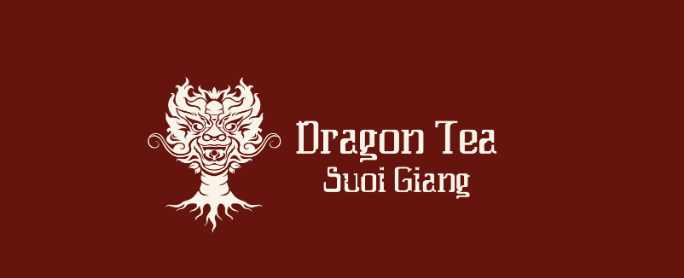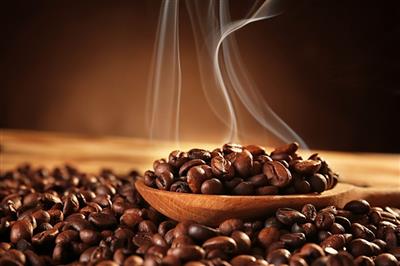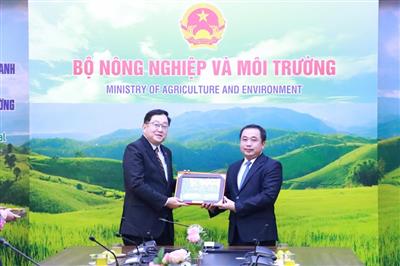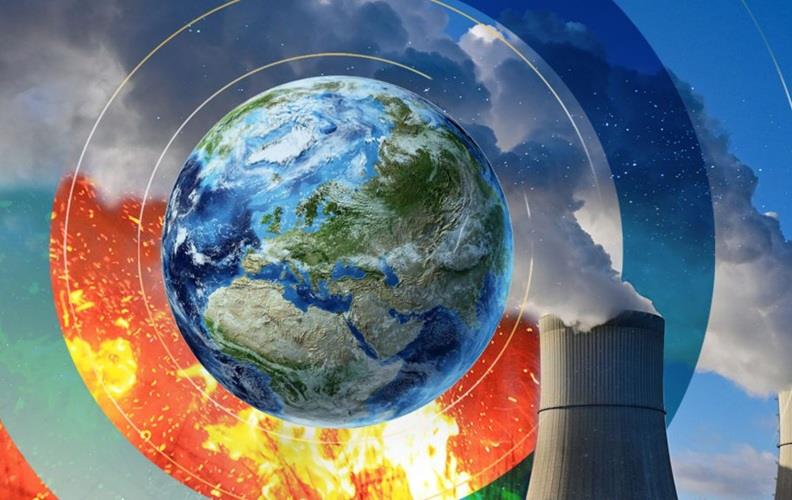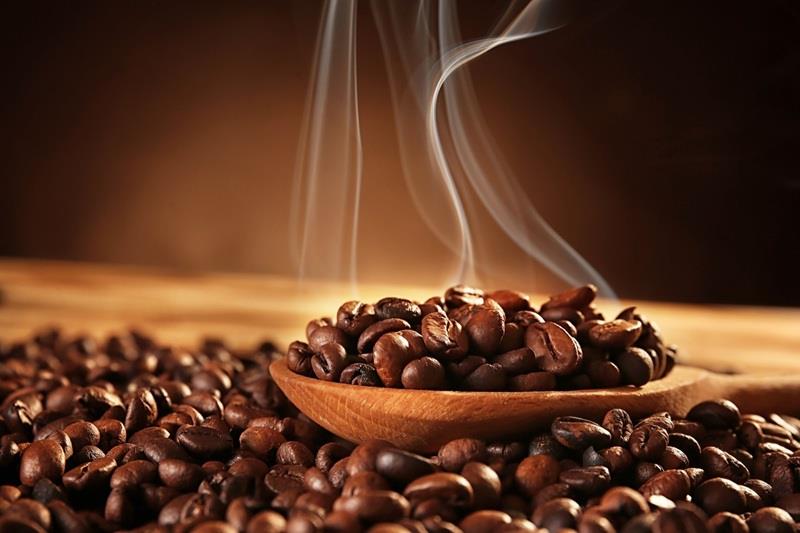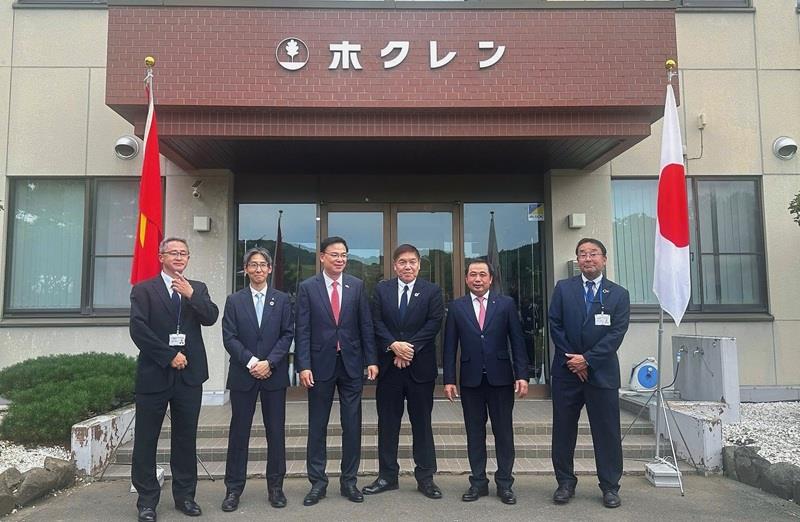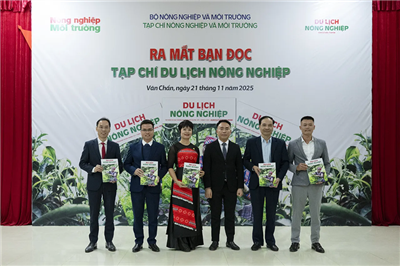
Assessment of Wastewater Status at Tissue Song Duong Company
05/02/2024TN&MTThe paper industry, having evolved over time, plays a pivotal role in the economic and social development strategy of a nation. Despite the positive impacts of paper production, the excessive use of energy, natural resources, and chemicals poses a significant threat to water sources.
Addressing wastewater pollution in industrial areas has been a top priority, particularly concerning the paper production sector, which consumes substantial amounts of clean water for the bleaching process, generating a considerable amount of solid waste back into wastewater. Therefore, effective wastewater treatment during paper and pulp production is crucial. This article evaluates wastewater samples from the Tissue Song Duong paper production facility in October 2023, post-treatment, based on national technical standards for domestic wastewater (QCVN) and industrial paper and pulp wastewater standards in Hanoi (QCTĐHN).
Sampling Location: 672 Ngo Gia Tu, Duc Giang Ward, Long Bien District, Hanoi
Sampling Date: 5th October, 2023
Results Release Date: 24th October, 2023
Wastewater samples before treatment (Sample A) and after treatment (Sample B) will be compared against QCVN and QCTĐHN standards.
|
No. |
Sample Encoding |
Sample Symbol |
Sampling Location |
Sample Type |
|
1 |
N091023-022 |
NTSXL |
Wastewater sample after treatment (2331567; 594623) |
Wastewater |
|
2 |
N091023-023 |
NTTXL |
Wastewater sample before treatment (2331494; 594580) |
Wastewater |
Test Results:
|
No. |
Parameter |
Unit |
Testing Method |
Results |
QCVN 14:2008/ BTNMT |
QCTĐHN 05:2014/BTNMT |
|
|
After |
Before |
Column B |
Column B1 |
||||
|
1 |
Temperature(b) |
oC |
SMEWW 2550B:2017 |
23.5 |
23.5 |
- |
- |
|
2 |
pH(b) |
- |
TCVN 6492:2011 |
7.2 |
6.5 |
5 ÷ 9 |
5.5 ÷ 9 |
|
3 |
Biochemical Oxygen Demand (BOD)5 (20oC)(b) |
mg/l |
TCVN 6001-1:2008 |
8.16 |
188.4 |
50 |
50 |
|
4 |
Chemical Oxygen Demand (COD)(b) |
mg/l |
SMEWW 5220C:2017 |
20.2 |
396.2 |
- |
150 |
|
5 |
Total Suspended Solids (TSS)(b) |
mg/l |
TCVN 6625:2000 |
46 |
274 |
100 |
100 |
|
6 |
Amoni (NH4+_N)(b) |
mg/l |
TCVN 6179-1:1996 |
3.12 |
23.9 |
10 |
- |
|
7 |
Total Phosphorus(b) |
mg/l |
TCVN 6202:2008 |
2.00 |
13.0 |
- |
- |
|
8 |
Coliforms(a,b) |
MPN/ 100ml |
SMEWW 9221B:2017 |
3.4 x 103 |
No analysis |
5,000 |
- |
Comments on Test Results:
- Temperature: The post-treatment wastewater temperature discharged into the environment is 23.5°C, within the acceptable range of 20-35°C. This range is crucial, as exceeding the minimum threshold of 20°C allows bacteria to remain active, albeit at a slower pace. However, surpassing 35°C may weaken and halt the microbial treatment of wastewater, affecting the efficiency of solid waste treatment.
- pH Levels: Sample A has a pH of 6.5, increasing to 7.2 post-treatment, complying with established standards. Although the pre-treatment pH is not ideal, as wastewater treatment bacteria typically operate optimally within a pH range of 7.0-8.0, the adjusted pH is within the desired range. pH regulation in wastewater is essential for biological treatment, especially in sensitive processes involving the removal of ammonia or nitrates. Bacteria that oxidize ammonia and nitrite thrive at alkaline pH levels, and abrupt changes can shock the microbial community.
- BOD5 (Biochemical Oxygen Demand): The pre-treatment BOD5 is 188.4 (three times the permissible limit), decreasing to 8.16 mg/l post-treatment, indicating an effective solid waste treatment process. BOD5 concentration is determined by testing the standard BOD during a 5-day incubation period, assessing the oxygen needed for the oxidation of organic compounds through the microbial respiratory process. Before selecting a treatment technology, BOD levels must be measured alongside COD to determine the appropriate treatment method. The estimation of BOD signifies wastewater pollution; here, pre-treatment BOD is three times the allowable limit, yet post-treatment BOD meets discharge standards.
- COD (Chemical Oxygen Demand): COD, an indicator of wastewater pollution, is more convenient to analyze as it yields results in approximately 3 hours. In the pre-treatment sample, COD is 396.2 mg/l, nearly three times the permissible limit. The correlation between COD and BOD values suggests similar trends, and post-treatment COD adheres to acceptable limits.
- TSS (Total Suspended Solids): TSS, representing the dry weight of solids retained by filtration, meets acceptable limits after proper processing, allowing the treated wastewater to be discharged.
- Ammonia Treatment: Various methods, including hydrolysis and organic nitrogen particles, can be employed to treat ammonia in wastewater. Among ion exchange, nitrification, membrane separation, and adsorption methods, bacterial treatment of ammonia is the most effective, as it offers high efficiency and cost-effectiveness by rapidly reducing ammonia concentration. In this wastewater sample, ammonia concentration decreases swiftly from 23.9 to 3.12 mg/l.
- Total Phosphorus: Total phosphorus in wastewater includes three common forms, regulated by discharge standards to prevent eutrophication. Control of phosphorus in wastewater is crucial, with the maximum allowable limit being 6 mg/l according to industrial wastewater treatment plant standards. Laboratory testing indicates post-treatment phosphorus concentration is 2 mg/l, well within the permissible range for discharge.
These results indicate that the wastewater treatment process at Tissue Song Duong paper production facility is suitable for discharge. Conducting regular water sample assessments is a prerequisite to ensuring the safety of the shared water resource in the area. Given the strategically located Tissue Song Duong paper production industrial zone, surrounded by a densely populated residential area, failure to ensure proper wastewater management would have severe repercussions on the overall health of the entire region and its community. Therefore, the imperative and mandatory practice of testing water samples before and after treatment significantly contributes to environmental conservation for the residents.
The paper manufacturing industry is recognized for its elevated pollution levels, especially in terms of water pollution. Paper mills in Vietnam typically consume 30-100 m3 of water per ton of paper produced. On average, each facility requires 200-300 cubic meters of water daily, resulting in a corresponding volume of wastewater. If inadequately treated, this substantial volume of wastewater poses a serious threat to the surrounding environment.
In conclusion, the rigorous testing of water samples before and after treatment is essential for maintaining environmental integrity, particularly in the context of the Tissue Song Duong paper production industrial zone. The papermaking industry, with its high pollution levels and significant water consumption, needs to emphasize the particular importance of comprehensive wastewater treatment to protect the surrounding environment.
NCS, ThS. Nguyen Phuc Khanh Linh

